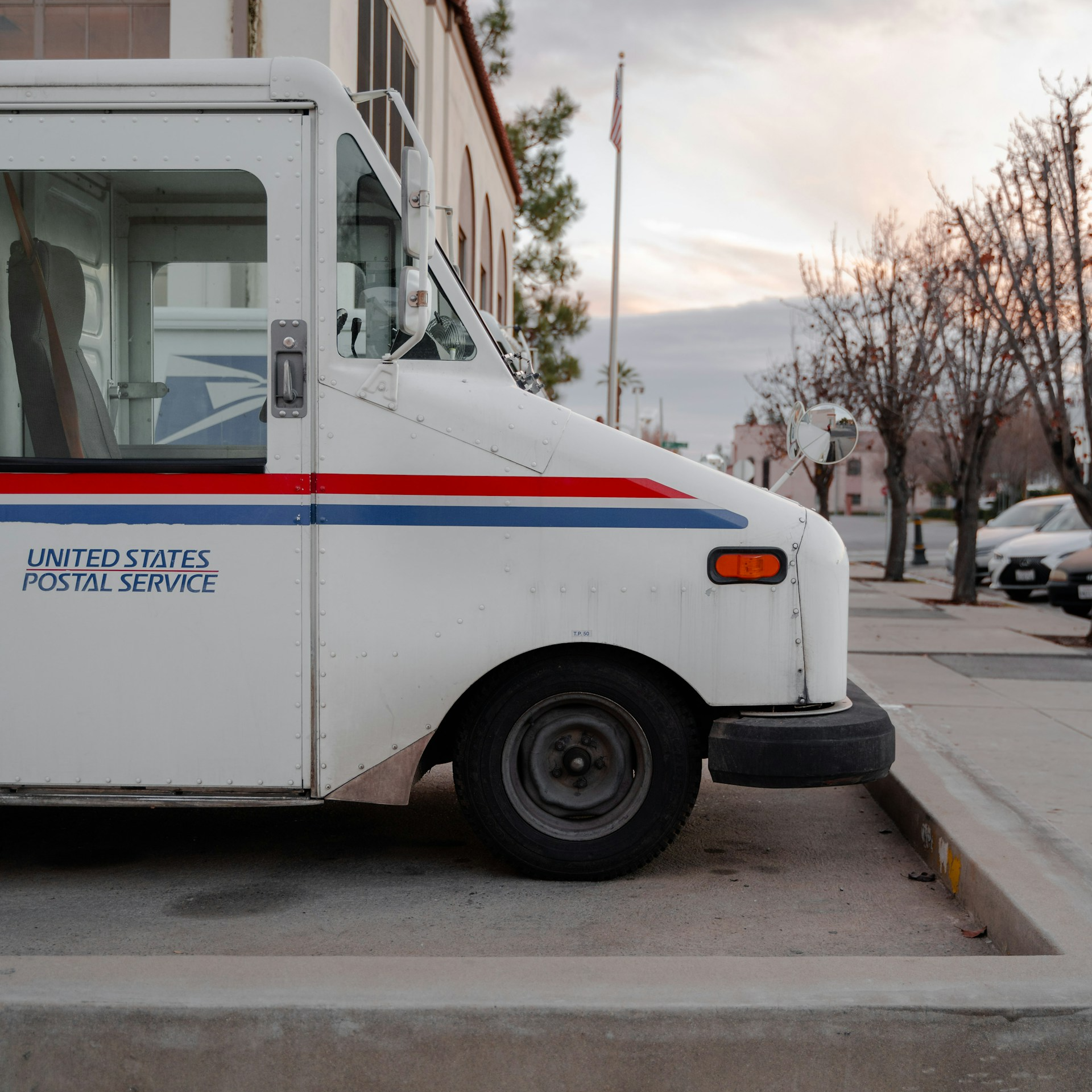Key Takeaways
-
While the government covers a portion of PSHB premiums, your monthly contribution as a retiree in 2025 may still be much higher than you anticipated, especially for family coverage.
-
Copayments, coinsurance, deductibles, and prescription drug costs are additional layers of expense that can significantly increase your overall annual healthcare spending.
The Monthly Premium Numbers That Retirees Actually Pay
If you’re retired from the Postal Service, you may have assumed your health benefits under the new Postal Service Health Benefits (PSHB) Program would be fully or mostly covered. While the government continues to pay roughly 70% of the total premium costs in 2025, your monthly share can still be substantial.
For 2025, the monthly retiree contributions look something like this:
-
Self Only: over $240/month
-
Self Plus One: over $520/month
-
Self and Family: over $560/month
These figures represent the retiree’s portion alone. And remember, these are just premiums—they don’t include any out-of-pocket costs you might incur throughout the year.
Why the Cost Feels Higher After Retirement
While you may have paid similar premiums as an employee, retirement changes how you experience healthcare costs. Here’s why the impact can feel much greater now:
-
Fixed income: You’re no longer drawing a biweekly paycheck, so each deduction feels more noticeable.
-
More frequent care: As you age, you likely require more doctor visits, specialists, and prescriptions.
-
Fewer employer subsidies: While the government still contributes, the support structure is slightly less generous than what you may have had as an active employee.
You’re likely budgeting more carefully in retirement, so every dollar counts—and healthcare takes up a larger percentage of your monthly expenses than it used to.
Breaking Down What You Pay Beyond the Premium
Even after paying hundreds of dollars each month in premiums, you’ll still encounter other out-of-pocket costs. These include:
-
Deductibles: Depending on your plan, you may owe $350 to $1,500 or more before coverage kicks in.
-
Copayments: Primary care visits often carry a $20–$40 copay; specialist visits can be higher.
-
Urgent and Emergency Care: Expect copays between $50 and $150 depending on the type of service and whether it was in-network.
-
Coinsurance: Many services require you to pay 10% to 30% of the total bill after your deductible is met.
-
Prescription Drugs: Even with integrated Part D coverage, you’ll often pay tiered costs and could hit the new $2,000 out-of-pocket cap.
All of these layers mean your annual health spending can easily exceed your premium total.
The Impact of Medicare Integration in 2025
Starting in 2025, the PSHB program requires most Medicare-eligible retirees and their covered family members to enroll in Medicare Part B to maintain full PSHB coverage.
Here’s how this changes your cost picture:
-
Medicare Part B premium: This adds $185/month per enrollee in 2025 to your overall healthcare bill.
-
Savings through coordination: Many PSHB plans waive deductibles and reduce coinsurance if you have both Medicare and PSHB.
-
Prescription drug integration: You’re automatically enrolled in a Medicare Part D Employer Group Waiver Plan (EGWP), which applies the $2,000 annual out-of-pocket cap.
So while you pay more upfront with Medicare Part B, you could save on services and prescriptions over the year. But the savings depend on how much care you use.
How Contribution Rates Are Determined
You might wonder why you’re paying so much if the government covers about 70% of the plan cost. Here’s what goes into setting those numbers:
-
Plan selection: Higher-tier or low-deductible plans cost more.
-
Coverage type: Self Plus One and Family coverage significantly increase your contribution.
-
Your annuitant status: Some carriers charge different premiums for retirees than they do for active employees.
-
Government share: The government bases its contribution on the average premium of all plans, not on your plan specifically. So if your plan is above average in cost, you cover the difference.
These rules apply across the board and aren’t specific to any single plan or carrier.
What About Out-of-Pocket Maximums?
Each PSHB plan has an annual cap on how much you’ll pay out-of-pocket for in-network services:
-
Self Only: typically around $7,500
-
Self Plus One / Family: around $15,000
These caps are designed to protect you from runaway costs, but they don’t include monthly premiums or costs for out-of-network services.
And while the new $2,000 cap on prescription drugs under Medicare Part D offers a financial ceiling, it still adds to the broader puzzle of annual cost planning.
Comparing Your Current Contributions to Pre-2025
Prior to 2025, you were likely enrolled in a Federal Employees Health Benefits (FEHB) plan. With the shift to PSHB, several changes have taken effect:
-
Mandatory Medicare Part B enrollment for many retirees adds a new layer of cost.
-
Separate premium structures for retirees vs. employees have become more defined.
-
Plan offerings and coverage options have been tailored specifically for postal employees and retirees.
The transition was designed to align benefits with postal-specific risk pools, but it also restructured costs in ways that may have increased what you now contribute out of pocket.
Timeline of Contribution Obligations
Your health benefit obligations as a retiree play out year-round. Here’s what the general timeline looks like:
-
January: Premium and Medicare Part B deductions begin for the new plan year.
-
Throughout the year: Copayments, coinsurance, and prescription costs accumulate as you receive care.
-
October: You receive your plan’s Annual Notice of Change.
-
November to December: Open Season lets you switch plans or adjust coverage.
Being proactive during Open Season is essential. Failing to switch could mean another year of paying more than necessary.
Strategies to Better Manage What You Contribute
If your current contributions are becoming a burden, there are steps you can take to ease the pressure:
-
Reassess your plan during Open Season: Lower-cost options might provide the right balance between premium and out-of-pocket expenses.
-
Evaluate your Medicare coordination: If you haven’t enrolled in Medicare Part B, doing so could save you money depending on your PSHB plan’s cost-sharing rules.
-
Track your healthcare spending: Use budgeting tools or plan-provided tracking apps to monitor where your money goes.
-
Consider health savings where applicable: If you’re not yet on Medicare and have a high-deductible PSHB plan, you may still qualify to contribute to an HSA.
Every dollar saved from smarter plan management frees up more of your retirement income.
Watch for Plan Changes and Announcements
Because PSHB is still a new system in 2025, expect further refinements over the next few years. These might include:
-
Adjustments to government contribution formulas
-
Changes in coinsurance or deductible thresholds
-
Updates to Medicare integration rules
-
Modified cost-sharing for out-of-network care
Staying informed through plan documents, mailings, and official OPM resources ensures you don’t get caught off guard by cost changes.
Understanding Your Contributions Now Can Protect Your Future Budget
What you pay into your PSHB plan isn’t just a monthly deduction—it’s a key part of your retirement financial picture. As healthcare costs evolve, understanding how each component adds up can help you stay in control.
Don’t let assumptions from your employee years carry over into retirement. Review the full scope of your PSHB contributions—monthly, annually, and per service—to build a realistic budget. And remember, you have options.
To review your current situation or explore alternatives that may better fit your retirement needs, speak with a licensed agent listed on this website for personalized guidance.











